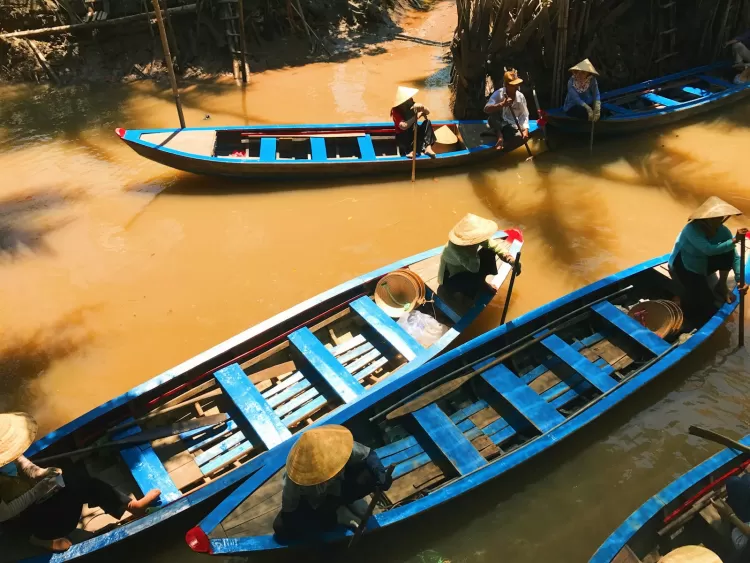Exotic and invasive fish thrive in water hyacinth in Nepal’s water bodies
The once-pristine lakes face a host of pressures due to land use changes and water pollution and contamination that is helping water hyacinth grow.


On September 28, Nepal’s Supreme Court, in a landmark decision, ordered the government to clear all human-made structures within 65 metres from the banks of Fewa Lake located in Pokhara, in western Nepal.
Conservationists say the verdict, passed following years of deliberation, provides some level of protection for the iconic lake situated in the lap of “eight-thousander” (more than 8,000 m, or 26,000 ft, tall) mountains such as Annapurna and Machhapuchhre.
However, another fast-emerging threat to the lake, one of the nine Ramsar sites located in the “Lake City,” this time from within the lake, has conservationists worried. “Various types of invasive species are taking over the lake at the cost native species,” says Hari Sharma, associate professor of zoology at Tribhuvan University, whose team recently studied the effects of invasive water hyacinth on fish diversity and abundance in the Pokhara’s lakes.
“Our findings suggest that the ongoing water hyacinth invasion is helping exotic and invasive fish species in Pokhara’s lakes at the cost of native fish species,” adds Sharma.
Water hyacinths (Pontederia crassipes), known as jal kumbi in Nepali, are used as ornamental plants by many around the world for their beautiful flowers. However, the plants, believed to have originated in the Amazon, are now seen as pests in Nepal and...



































![Safari Thorium Neo 8-Wheel Luggage Set Trolley Bags (Set of 3) at just Rs. 5,599 [MRP 29,100]](https://savefree.in/uploads/images/202409/image_870x580_66f63845060f0.webp?#)












![Handmade Brown Mango Wood Chopping Board At just Rs. 89 [MRP 599]](http://savefree.in/uploads/images/202303/image_870x580_641bf7e9c2206.jpg?#)


